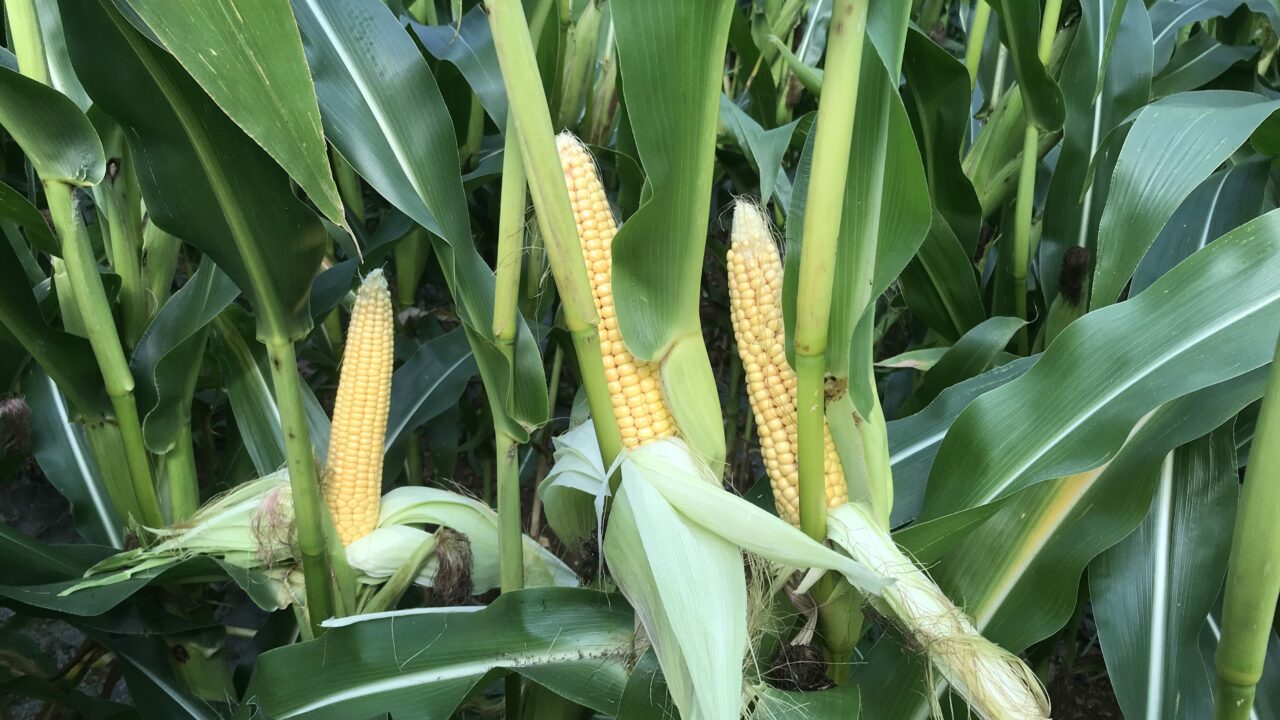This week has seen the first crops of forage maize harvested in Co. Wexford, and Maizetech’s John Foley is confirming yields of 20t/ac fresh weight.
“Maize crops should be harvested when cobs reach 50% dry matter. This growth stage can be discerned when the leaves adjacent to the cobs start to turn white,” he said.
“At that stage dry matters in the rest of the plant will be in the region of 22%. This means that the forage going into a clamp will have an average dry matter value of 32%.
“Under these circumstances the amount of effluent produced will be minimum. So a fresh weight will equate with the final feed-out value.”
According to Foley, the area of forage maize planned in Ireland is up 25%, year-on-year. In addition, 2023 has seen the wide-scale use of new, compostable film at planting.
“The new films are acting to deliver enhanced growth rates for maize crops. They will decompose fully within six weeks of initial use,” he said.
One slight downside to the use of the new films is the restriction they place on planting dates.
“We have been advising growers not to plant maize before the end of April,” Foley added.
“As a result, there will a very high proportion of this year’s maize crops coming to maturity within a relatively short period of time.”
The Maizetech representative is also conscious of the deterioration in ground conditions that has impacted across the country over recent weeks.
“But there is no need for growers to panic” he said, “there is still plenty of time to get crops harvested”.
Farmers are being advised to take a strategic approach when it comes to the use of an inoculant on forage maize crops.
According to Foley, pits of silage will remain stable for months, without the use of an inoculant.
“Stability issues might arise if maize is taken from a pit during periods of warm weather,” he said.
“Many livestock farmers will not open a pit of maize until the spring months. If temperatures rise above 18° then the forage will start to heat up if an inoculant had not been added at time of ensiling.
“I regard an inoculant as a form of stabiliser,” he added.
